
More houses from Seminole Hills, for which no excuse is needed, since the variety of styles and the imaginative designs speak for themselves.


More houses from Seminole Hills, for which no excuse is needed, since the variety of styles and the imaginative designs speak for themselves.


Most Pittsburghers probably think of Green Tree as the quintessential postwar dormitory suburb. The borough does have a longer history, however, and one small area near the intersection of Greentree Road and Potomac Avenue was built up with unusually fine houses in the 1920s and 1930s. Greenridge Lane is part of that little enclave.










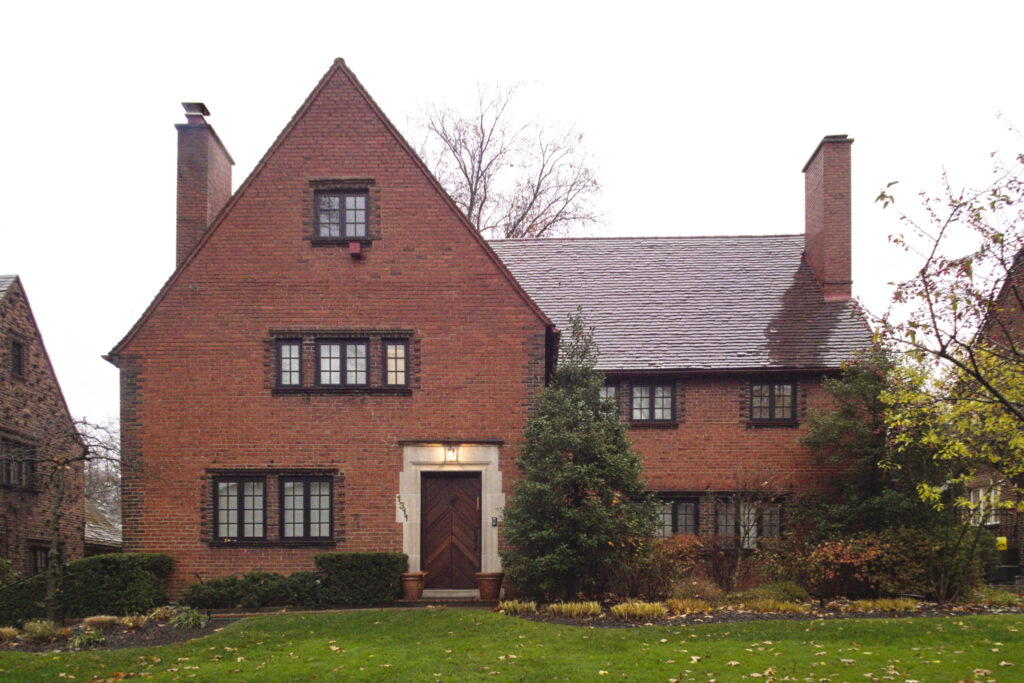
It was rainy and dim, so don’t expect too much of these pictures. But old Pa Pitt happened to be in Squirrel Hill just before dark with half an hour to waste, so he took a walk in the rain in Murdoch Farms, one of the richest parts of Squirrel Hill, and did what he could with the camera.
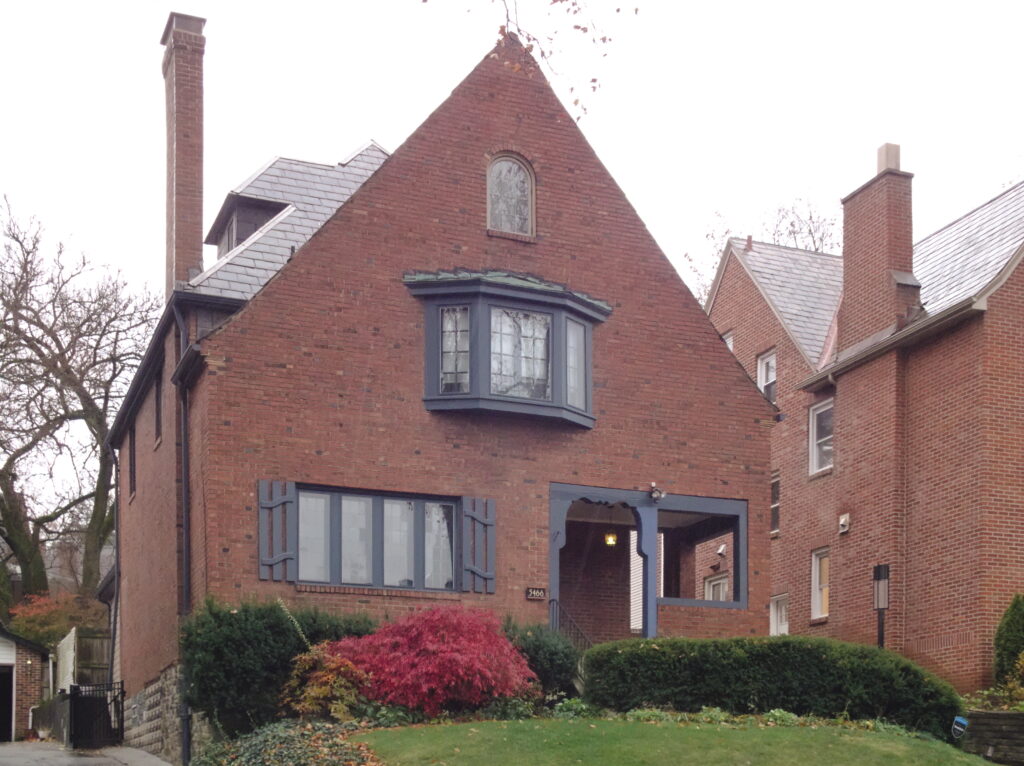
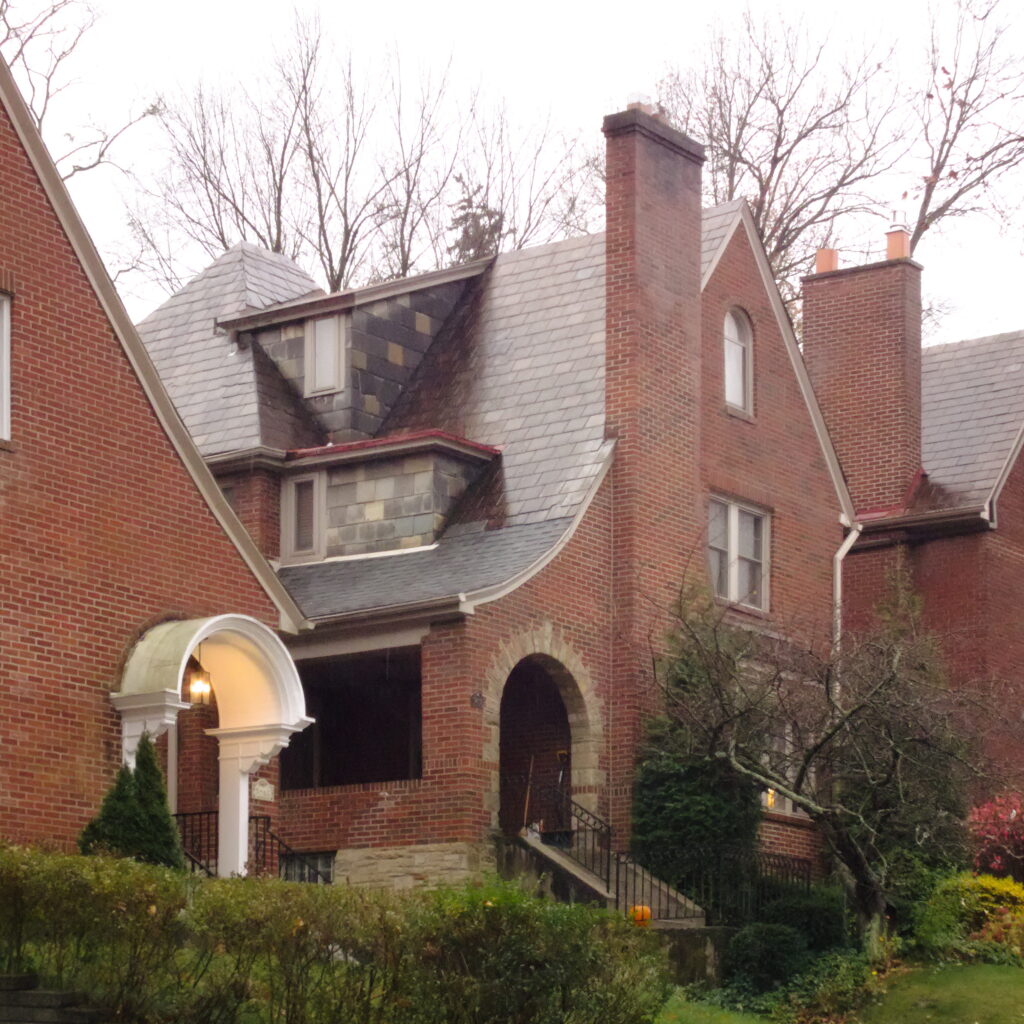
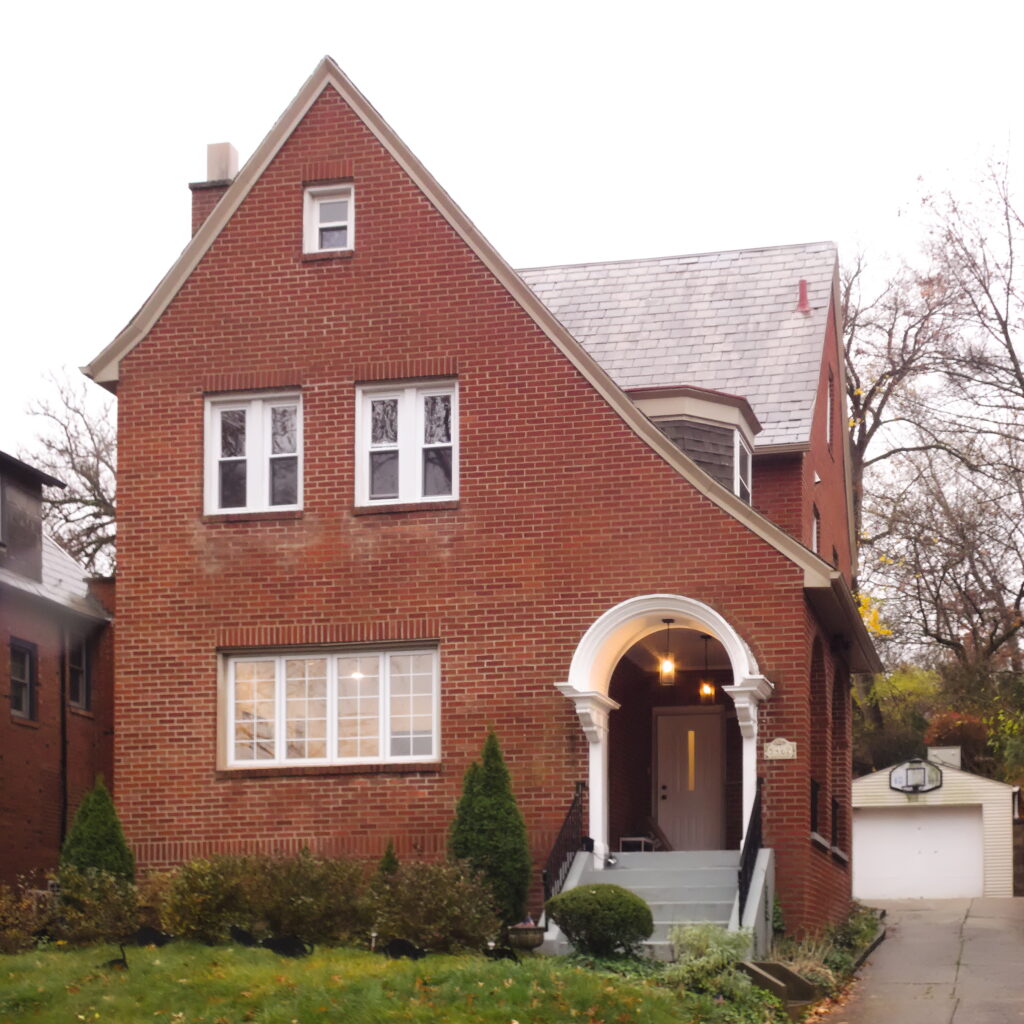
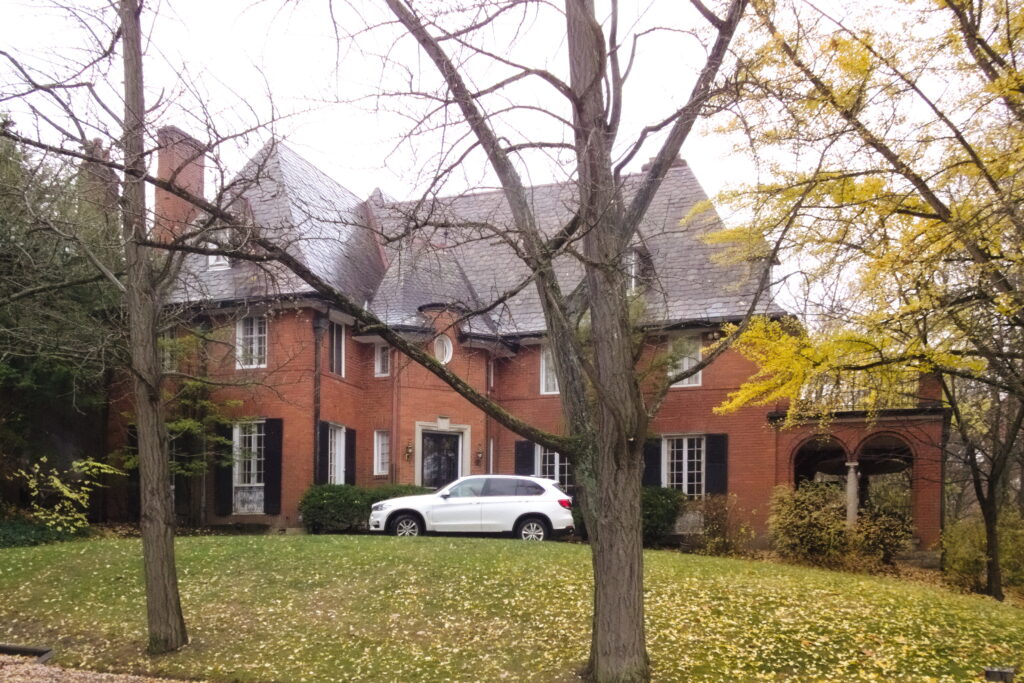
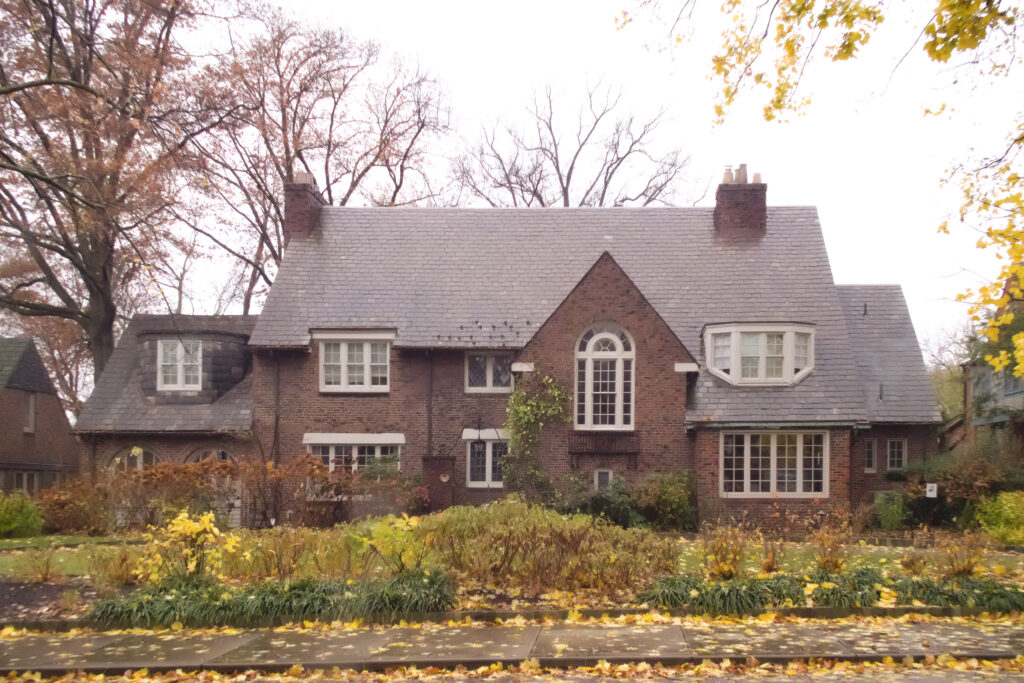
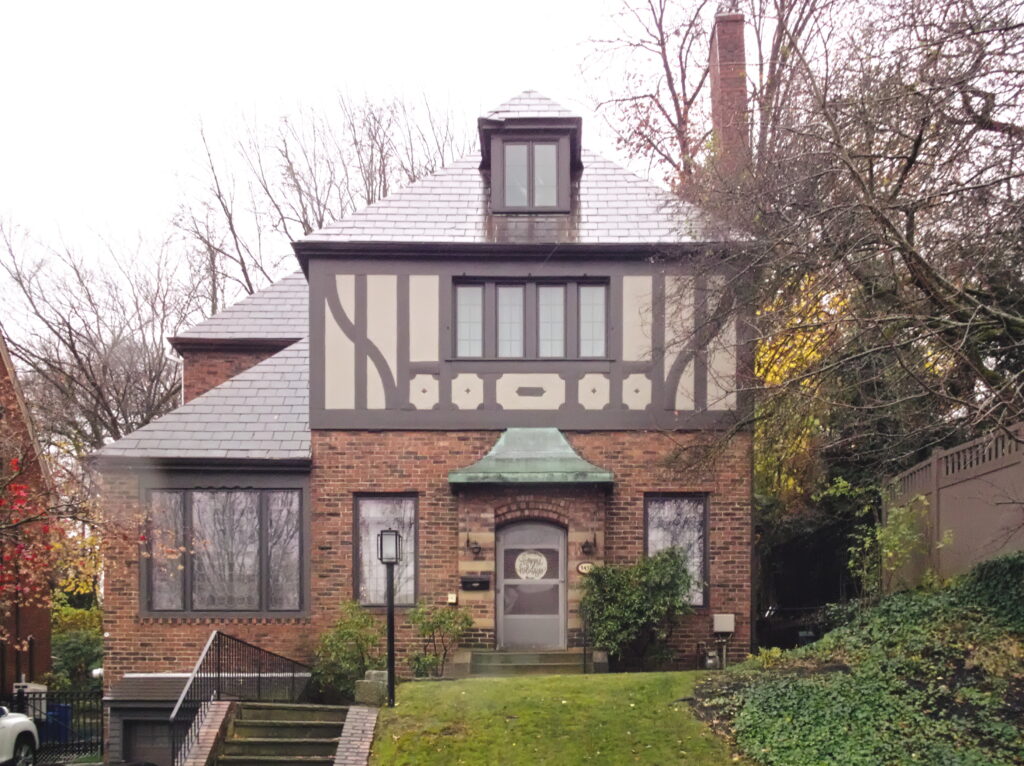
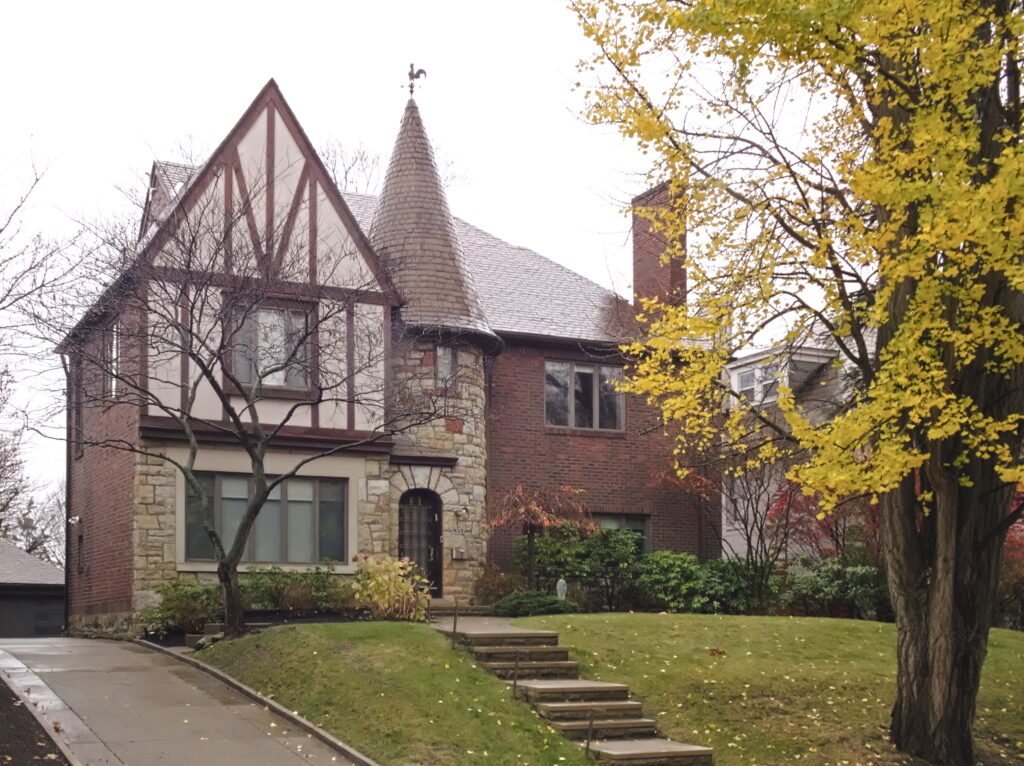
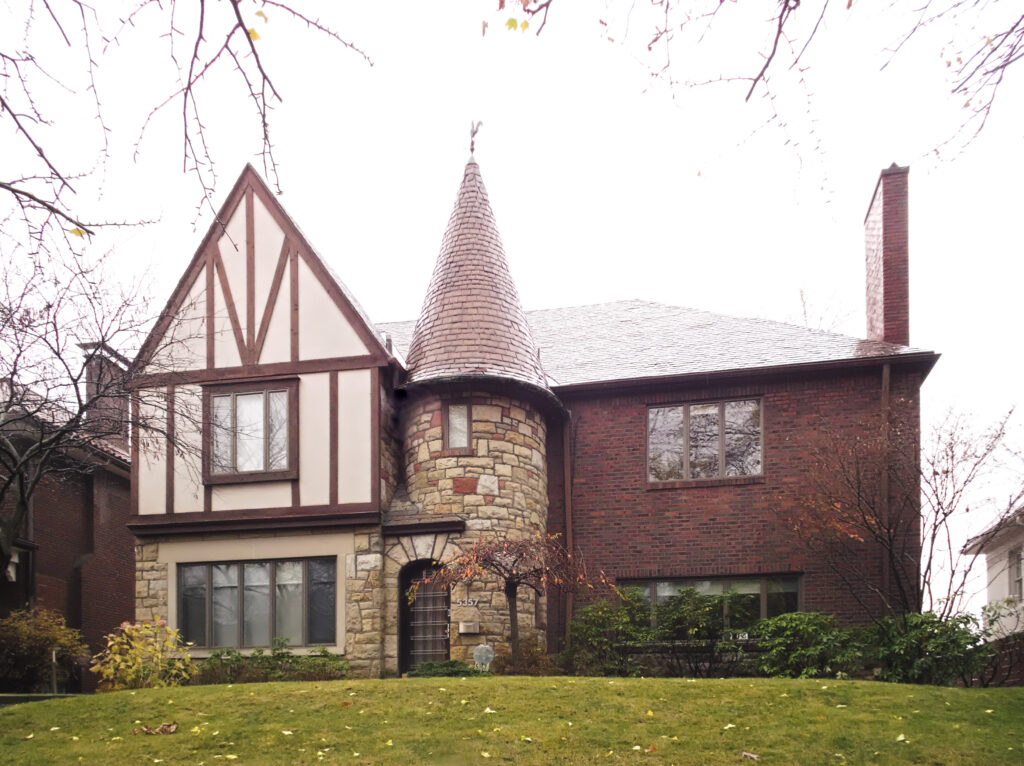
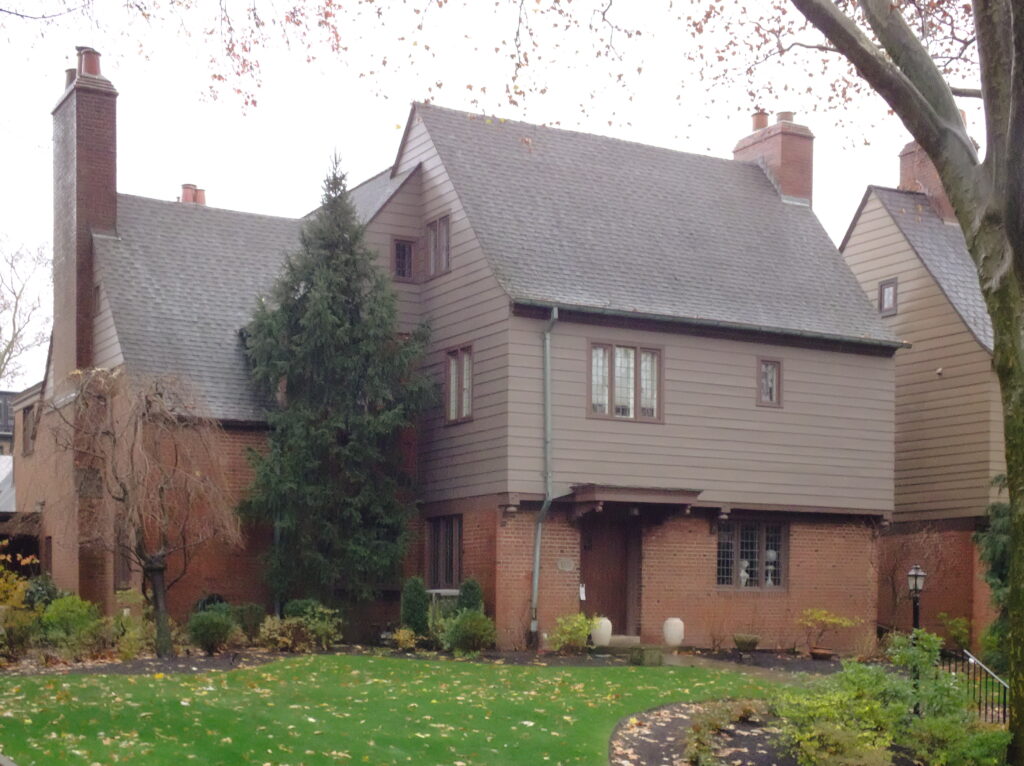
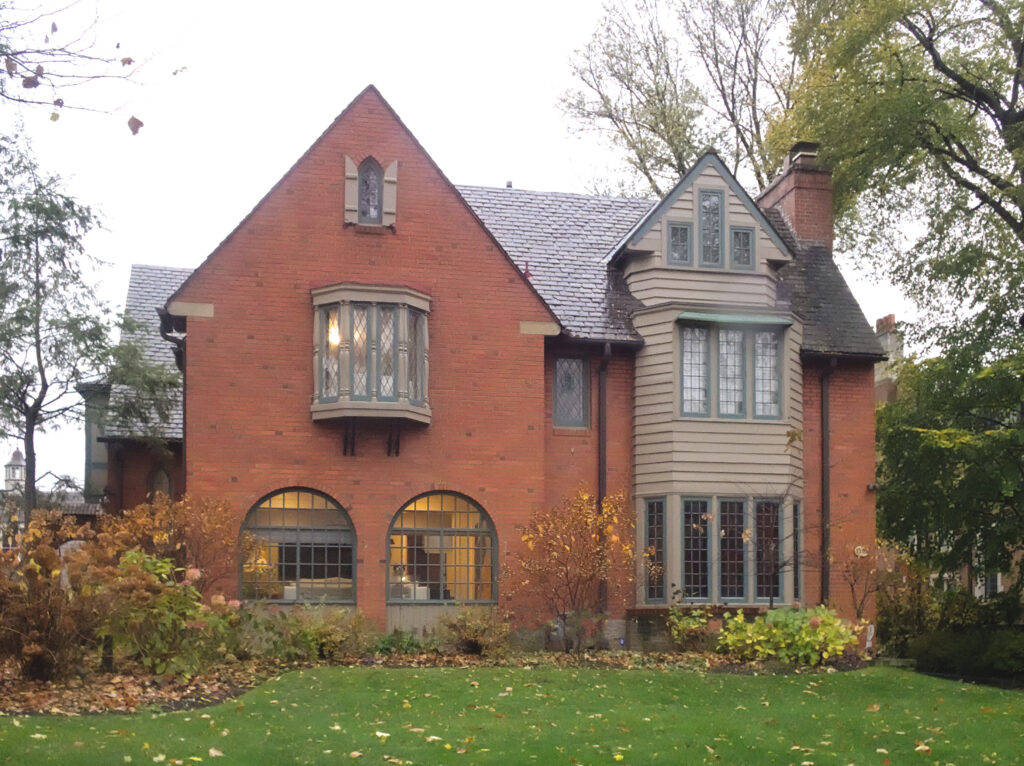
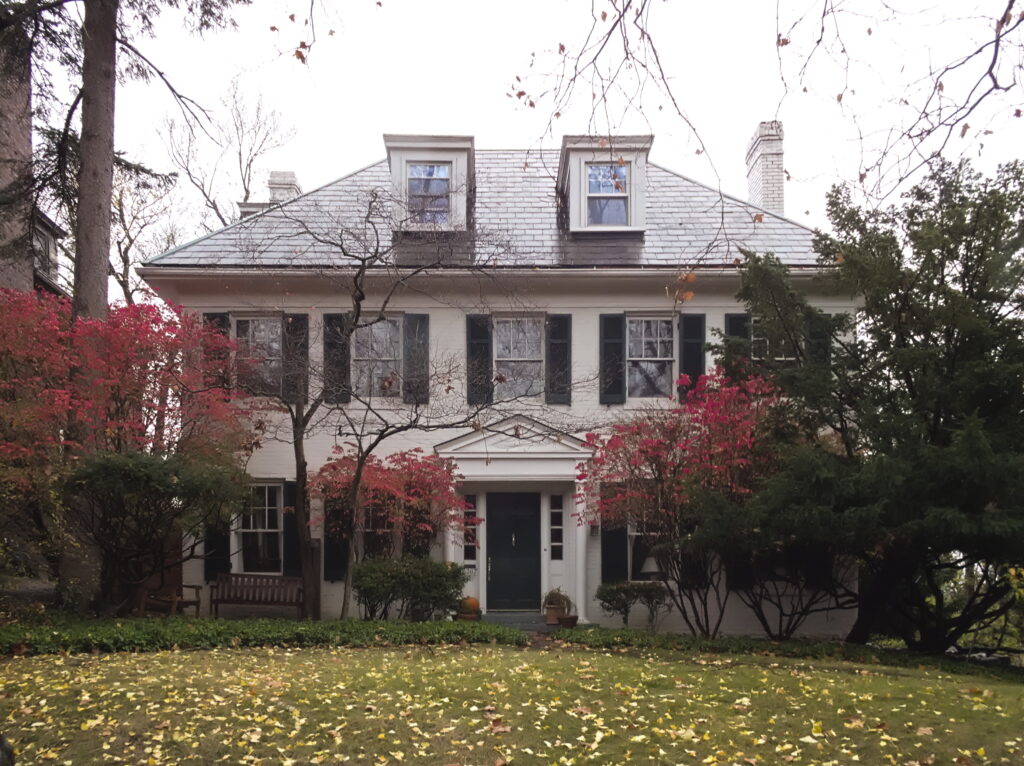

In domestic architecture, Paul Scheuneman was a skillful exponent of what old Pa Pitt calls the Fairy-Tale Style: designs that emphasize a fantastically romantic vision of the past rather than historically accurate architecture.
The Arkansas Soft Pine Mansion was a demonstration home sponsored by the Pittsburgh Press and the Arkansas Soft Pine Bureau. The use of Arkansas soft pine for interior paneling, was, of course, a prominent feature of the house.


Across the street is another demonstration house designed by Scheuneman:

“The American Home” opened for inspection in 1935. It was sponsored by the Pittsburgh Sun-Telegraph and General Electric, and of course General Electric appliances were installed wherever electric appliances could be demonstrated.


The Shadyside half of Bayard Street is lined with fine houses in a variety of styles. We ambled down one block on a sunny November day, taking pictures of the patterns of light and shadow on the sunny side of the street.


Two houses on Walnut Street in the Tudor Revival style, as we would say today, or the English style, as they were probably called when they were built. They share some notable similarities, which would make it not surprising if they were drawn by the same architect. The sunset light makes the already cozy Tudor style look even warmer and cozier.
Addendum: A city architectural survey attributes the one above to the architect Thomas Scott; we are probably justified in attributing its neighbor to Scott as well.



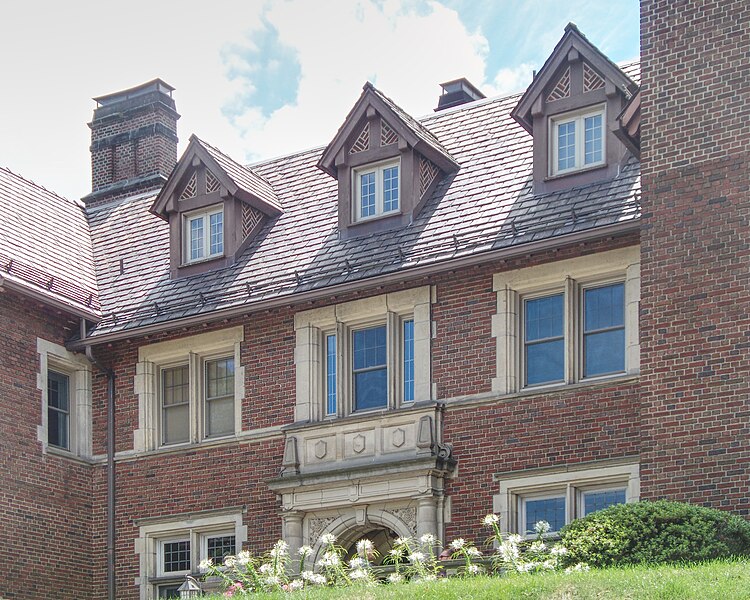
Warwick House was built in 1910 for Howard Heinz, son of the ketchup king H. J. Heinz. The architects were Vrydaugh & Wolfe, who designed several other millionaires’ mansions around here, as well as a number of fine churches. The house now belongs to the Catholic Diocese of Pittsburgh, and it is rented to Opus Dei for a dollar a year, under the condition that the tenants undertake the maintenance, which is enormous.
Once a year the residents throw a big open house, which gave us a chance to get a few pictures. We would have got more, but we were having too much fun.
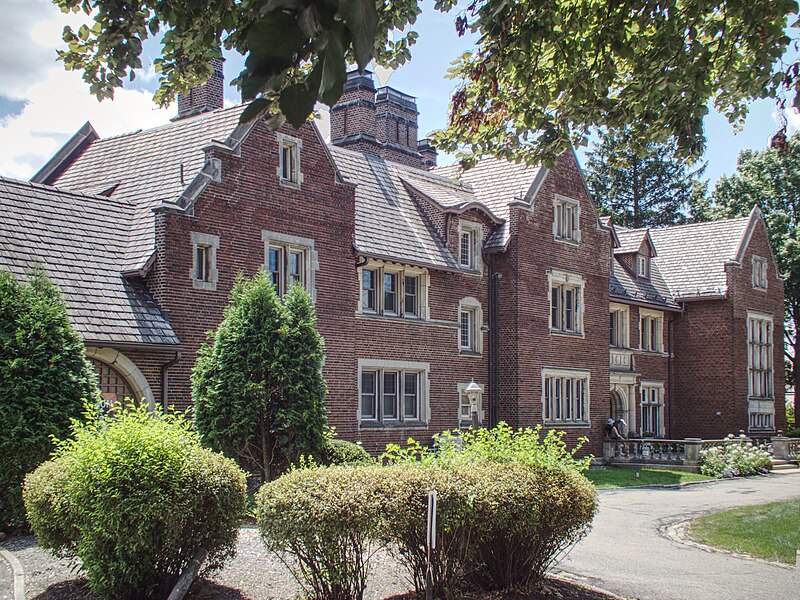
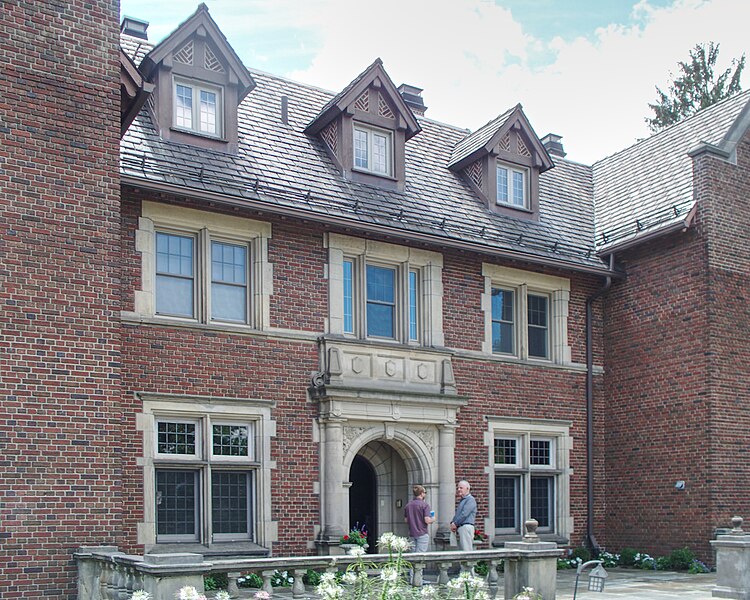


A French door in the back leading out into the garden.
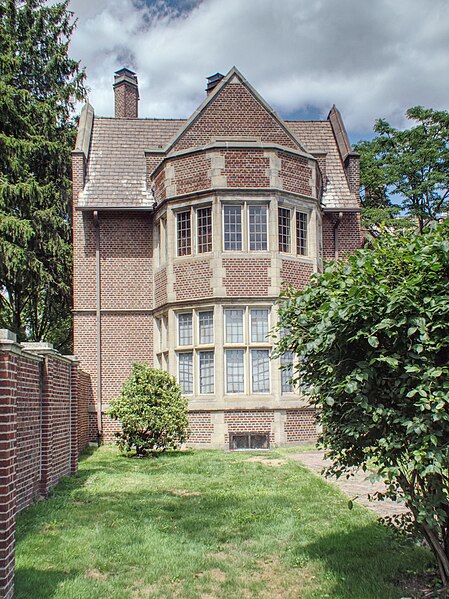
The rear of the ballroom, an addition built in about 1929. It is now a chapel.

An arbor with some splendid ironwork runs along the back of the garden.


From an earlier visit, we also have several pictures of the interior of Warwick House.
Cameras: Kodak EasyShare Z1285; Fujifilm FinePix HS10. Most of the pictures are HDR stacks of three photographs at different exposures.
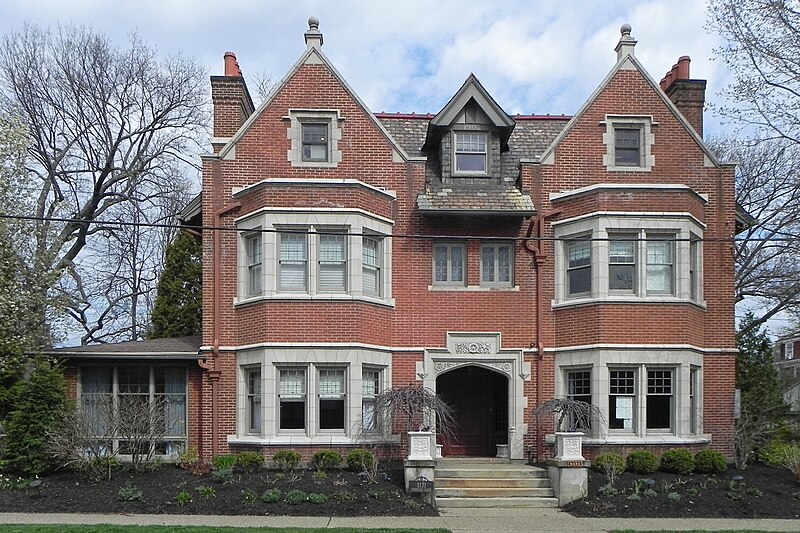
An elegant Tudor or Jacobean mansion designed by MacClure & Spahr and built in 1903, as the dormer tells us. This Post-Gazette story (reprinted in a Greenville, North Carolina, paper that does not keep it behind a paywall) tells us that a 1925 addition was designed by Benno Janssen, who had worked in the MacClure & Spahr office and may have had some responsibility for the original design. The article also tells us how vandals masquerading as interior designers rampaged through the house and painted all the interior woodwork white or pale grey to “banish dark wood,” but at least the exterior is in good shape.
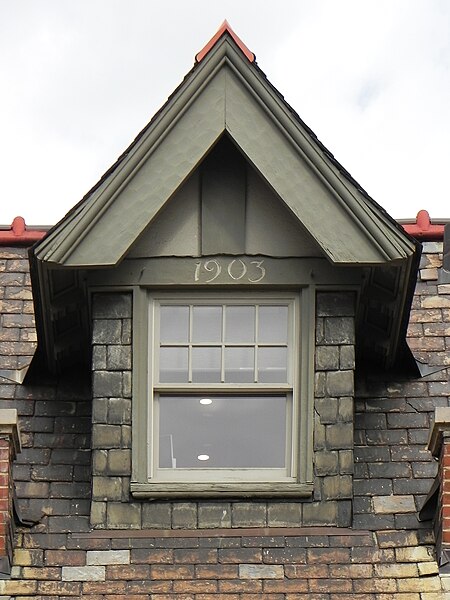
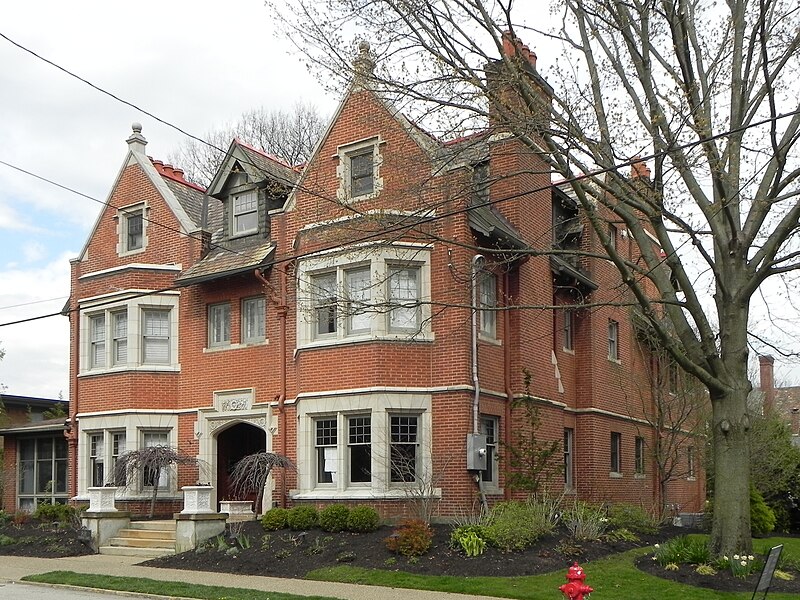
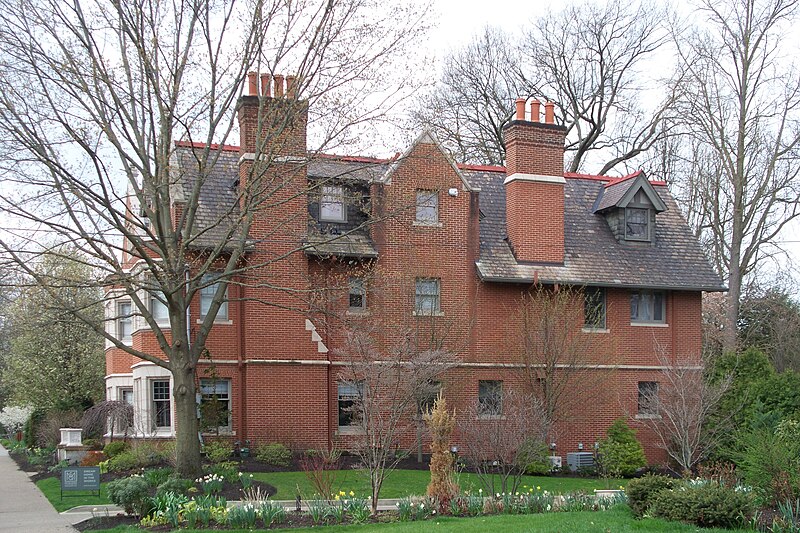

This house is not quite like anything else: it’s a little bit Tudor, a little bit Arts and Crafts, and a little bit Renaissance. Thomas Pringle, an architect whose most famous works are churches and religious institutions, designed it for himself against an improbable hillside in Schenley Farms.


This bronze medallion of Mercury sits over the front door.

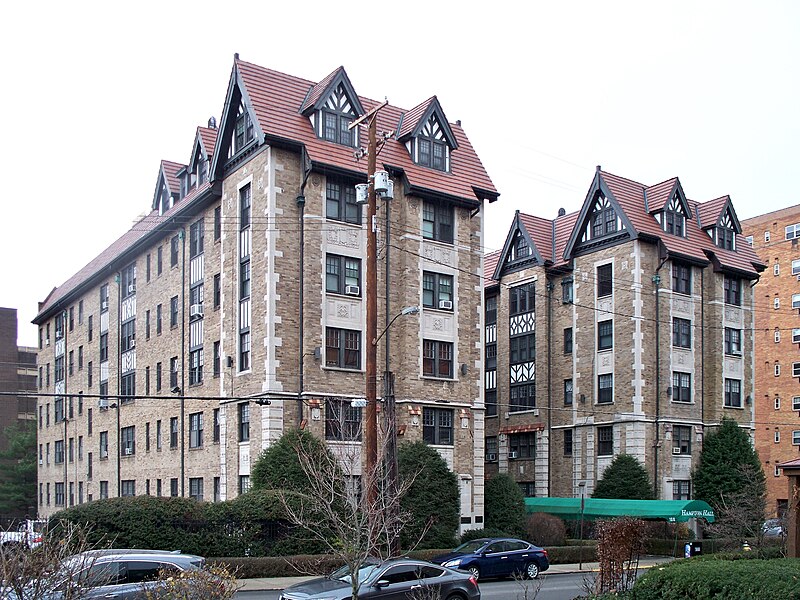
We have seen this Tudor palace before, but there is no reason we should not see it again, with some different details this time.


The entrance lobby. The interior is filled with richly colored tiles, some with decorative figures like this griffin.

